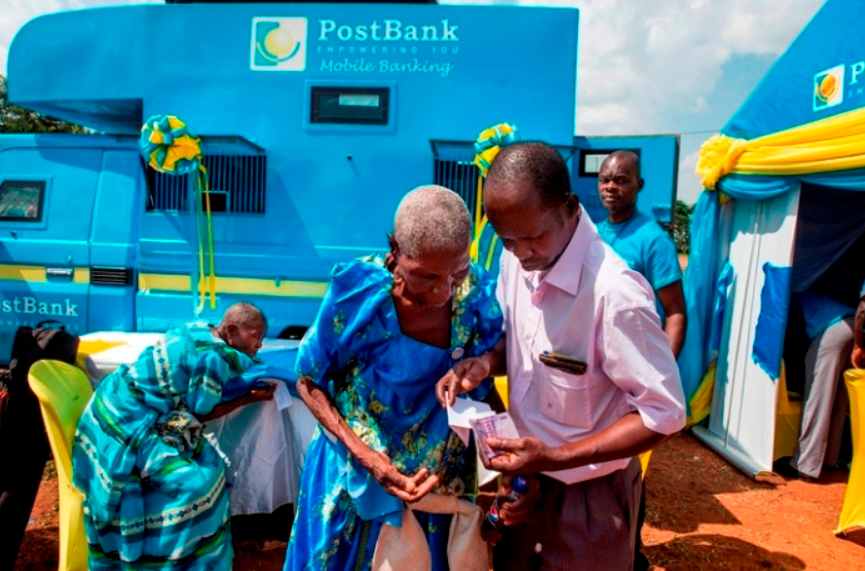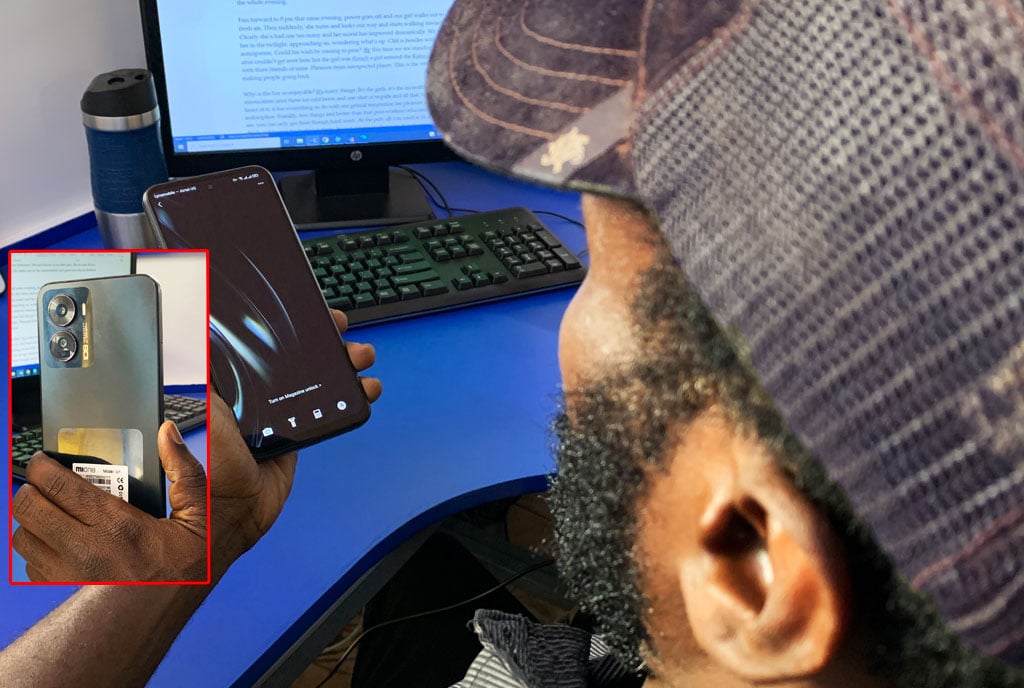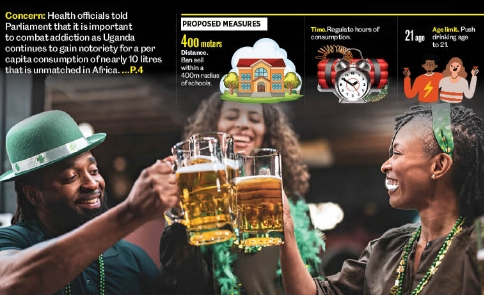Only 1.5% of social assistance reaches intended targets - IMF

Government programmes such as Social Assistance Grants for Empowerment (SAGE), which target elderly Ugandans, reach a limited number of intended targets, according to IMF. PHOTO |FILE
What you need to know:
- At least 22 per cent of Ugandans, which translates to 8.3 million, are classified as vulnerable but more than 76 per cent never access social assistance
Only 1.5 per cent of close to $281m that is allocated to social assistance for the vulnerable population reaches intended targets in Uganda, according to the International Monetary Fund (IMF).
At least 22 per cent of Ugandans, which translates to more than 8.3 million people, according to Uganda Bureau of Statistics, are classified as vulnerable but more than 76 per cent or more than 6.3 million never access social assistance.
The low access, the IMF says, makes Uganda an outlier in effective social support compared to other East African member states whose allocations average 11.4 per cent.
Uganda only allocates 0.8 per cent of its gross domestic product, which translates to $281m towards social assistance in various programmes to support a sea of needy people.
Therefore, the IMF noted, there is need for government to strengthen social assistance programmes and improve targeted assistance through a broad-based approach that is infused in tax policy measures with focus put on mobilising more money in taxes to expand social assistance.
Government extends social assistance to vulnerable Ugandans through a number of programmes including Social Assistance Grants for Empowerment (SAGE), Uganda Women Entrepreneurship Programme, Expanding Social Protection, Community Rehabilitation Programme for the Disabled and Youth Livelihood Programme, among others.
However, implementation of such programmes is hindered by lack of empirical data on targeted individuals, which makes it almost impossible for government to sufficiently extend social assistance.
Additionally, such funds are diverted to other programmes that in most cases have no any single attachment to the vulnerable poor.
It should also be noted that there is lack of effective planning, which in most cases means that money is allocated to non-essential programmes such as conferences, travel and sensitisation.
Social assistance and protection programmes are mainly managed under the Ministry of Gender, Labour and Social Development complemented by other programmes such as Operation Wealth Creation and recently Emyooga.
However, such programmes have over the years delivered dismal performance, failing to reach intended targets.
This is largely in part due to poor planning and low allocations that is mostly informed by low domestic revenue mobilisation.
Therefore, in its report, the IMF noted that Uganda must find ways of improving domestic revenue mobilisation in order to support critical programmes such as social assistance.
Most social assistance programmes under the Ministry of Gender, Labour and Social Development are donor funded.
Increase in vulnerability
The IMF report comes at a time when there is urgent need for increased social assistance due to a number of vulnerabilities that have resulted from Covid-19. A recent Household Survey by Uganda Bureau of Statistics indicated that Covid-19 had in only one year forced at least 300,000 Ugandans into poverty with the number of income poverty worsening from 19 per cent to 22 per cent. The survey indicated that the number of poor Ugandans had by the end of 2020 increased from eight million to 8.3m with majority of these living in Busoga, Bukedi and Acholi sub-regions.



